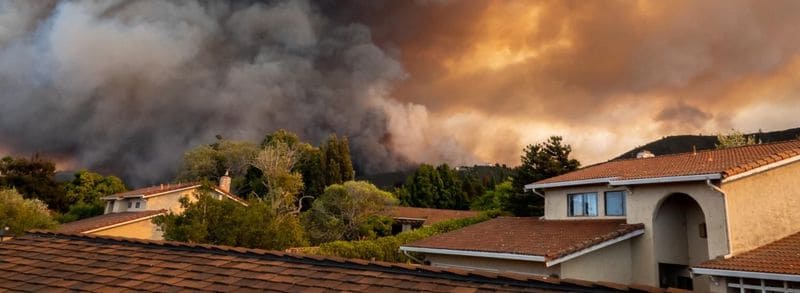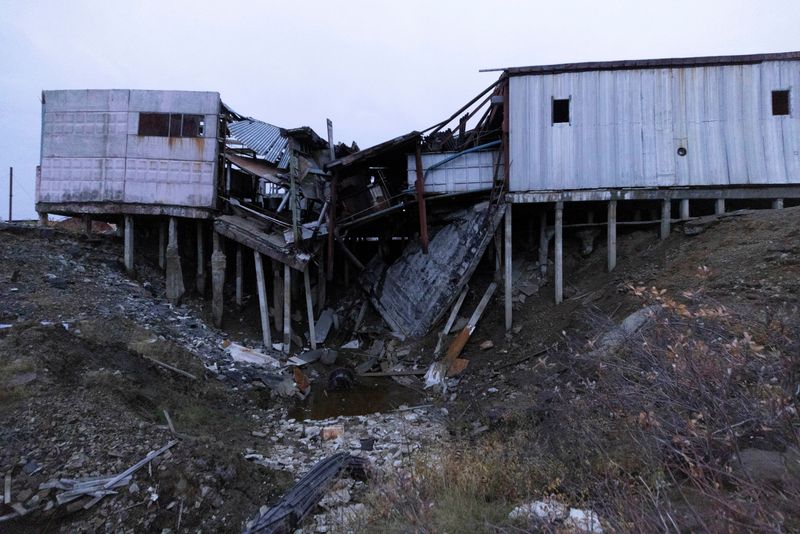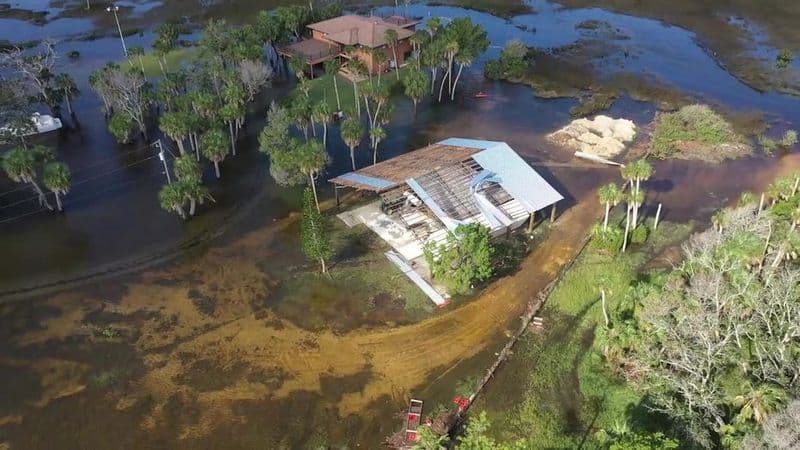The climate crisis is not just a distant worry—it’s a pressing reality that is reshaping the world around us in unexpected ways.
One of the areas most impacted is affordable housing. From rising sea levels to extreme weather conditions, the effects are both profound and multifaceted.
This article highlights 10 alarming ways in which this crisis affects affordable housing, illustrating the urgent need for solutions that mitigate these impacts and protect vulnerable communities.
1. Rising Sea Levels Threatening Coastal Homes

In coastal regions, rising sea levels are causing significant anxiety for homeowners. Imagine waking up to the sound of waves lapping closer every day. For many, it’s reality.
Affordable housing, often situated in these vulnerable areas, faces existential threats. The encroaching water not only damages properties but displaces families.
Temporary solutions like sandbags provide only momentary relief. Residents find themselves in a constant battle against nature.
As sea levels continue to rise, relocation becomes a looming necessity. This disrupts communities and splinters social ties.
Ultimately, the fight against water is relentless and emotionally taxing. People are forced to watch helplessly as their homes slowly vanish.
2. Increasing Heatwaves Intensifying Urban Heat Islands

Urban heat islands are becoming hotter, driven by climate-induced heatwaves. Picture a sun-scorched city where the ground radiates unbearable heat.
Affordable housing complexes, often lacking sufficient green spaces, are hit hardest. Without the luxury of air conditioning, residents endure stifling conditions.
The relentless sun turns concrete into ovens, making life unbearable. Health risks, especially for the elderly and children, escalate.
Heatwaves exacerbate cooling costs, stretching budgets thin and impacting quality of life.
These conditions force families to choose between comfort and affordability. As temperatures soar, the need for climate-resilient infrastructure becomes crucial.
3. Extreme Weather Damaging Infrastructure

Extreme weather events are wreaking havoc on infrastructure nationwide. Consider a powerful storm tearing through a neighborhood, leaving destruction in its wake.
Affordable housing bears the brunt, with resources for repairs often scarce. The devastation extends beyond physical damage.
Families are left without homes, schools, and community centers, disrupting daily life. These structures, often underfunded, struggle to withstand such forces.
The emotional toll is significant, as communities grapple with loss and uncertainty. Rebuilding requires more than just money; it demands resilience and innovative solutions to withstand future storms.
This cycle of destruction and repair is both exhausting and unsustainable.
4. Flooding Increasing Insurance Costs

Flooding has become a frequent visitor in many areas, and with it comes soaring insurance costs. Visualize a neighborhood submerged under murky water, streets turned into rivers.
For residents, securing affordable insurance is a growing challenge. Rising premiums squeeze budgets, making insurance inaccessible for many. Those who can’t afford it risk losing everything to the next flood.
The financial strain forces difficult choices: insurance or essentials. It’s a precarious balance.
As floods become more common, the urgency for resilient building practices and affordable insurance solutions intensifies. The cycle of damage and recovery becomes harder to escape without policy reform.
5. Drought Straining Water Supplies

Droughts threaten more than just landscapes; they strain essential water supplies. Envision turning on a tap and receiving only a trickle or nothing at all.
In many affordable housing areas, water scarcity is becoming a harsh reality. Residents face restrictions that complicate daily life—washing, cooking, and cleaning become luxurious endeavors.
The constant threat of water shortages disrupts livelihoods and exacerbates health concerns. It’s more than an inconvenience; it challenges the essence of home.
Solutions require innovative water conservation techniques and policies. Without them, the question remains: how do communities thrive without life’s most basic necessity?
6. Wildfires Threatening Residential Areas

Wildfires are no longer confined to rural areas; they now threaten suburban homes. Imagine looking out a window to see smoke billowing on the horizon.
Affordable housing neighborhoods, often located near vulnerable zones, face unprecedented risks. The fear of evacuation looms large, disrupting life rhythms.
The aftermath of a fire is devastating: homes reduced to ashes, personal histories obliterated. Rebuilding is a monumental task, both financially and emotionally.
Preventative measures, like controlled burns and community education, are crucial. Communities need strategies to coexist with this new reality. The cost of inaction is too great to ignore.
7. Air Pollution Affecting Health and Well-Being

Air pollution is a silent enemy, harming health and well-being. Picture a haze settling over a city, obscuring the skyline. In affordable housing areas, residents are often exposed to higher levels of pollutants.
This invisible threat exacerbates asthma and other respiratory issues, particularly in children.
Daily life becomes a struggle against invisible hazards. The cost of healthcare rises, straining already tight budgets. Clean air feels like a luxury rather than a right.
Addressing pollution requires systemic changes and community-driven initiatives. Investing in cleaner energy and stricter emissions standards is not just beneficial, but necessary for survival.
8. Melting Permafrost Damaging Northern Foundations

In the North, melting permafrost is destabilizing foundations. Imagine a house slowly sinking as the ground beneath thaws unpredictably.
For those living in affordable housing, this is an unsettling reality. Buildings, roads, and pipelines all shift and crack, necessitating costly repairs.
Residents face the dilemma of whether to stay and rebuild or abandon their homes. The unique challenges of the North require specialized solutions.
Technological innovations and community collaboration are key to adapting. The stakes are high; the cost of inaction can mean the complete loss of infrastructure.
It’s an urgent call for inventive, sustainable construction methods.
9. Storm Surges Displacing Coastal Communities

Storm surges are more frequent, displacing coastal communities with alarming regularity. Picture waves crashing over seawalls, inundating streets and homes.
Affordable housing in these areas is particularly vulnerable, often lacking adequate protections.
Residents face the heartbreak of leaving behind homes and livelihoods. The emotional and financial toll is significant, with rebuilding efforts often out of reach.
It’s a stark reminder of nature’s power and humanity’s vulnerability. Engaging in proactive planning and investing in robust infrastructure is vital.
Without it, communities face an uncertain future, perpetually at the mercy of the next storm.
10. Pests and Diseases Spreading to New Areas

Climate change is causing pests and diseases to migrate to new areas. Imagine opening a cupboard to find it teeming with invasive insects.
Affordable housing is particularly susceptible to these unwelcome guests. The spread of pests increases maintenance costs and health risks.
Residents endure sleepless nights and constant vigilance. It’s a battle to maintain a safe, healthy home. Solutions require integrated pest management and community education.
Ignoring the problem means risking infestations that become harder to control.
Combating this issue demands attention and resources, ensuring homes remain sanctuaries rather than battlegrounds.

